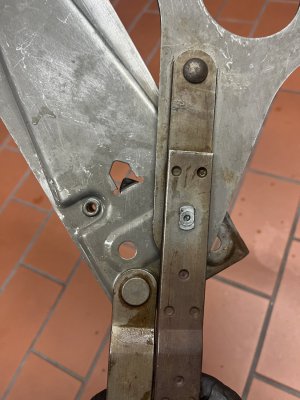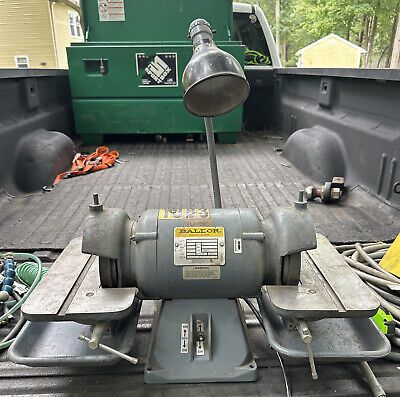Hi all
I've gotten quite comfortable using my PM1030 to do all sorts of operations on alum from turning to facing to boring to parting etc. In all that time I have not once cut steel. I know there are lots of technical feeds and speeds charts out there but if I'm honest I go on sound and sight. Does someone have a generic "here's what you should change" kind of way of helping me get my head into cutting steel?
I exclusively use these C2 carbide tipped tools from McMaster on alum. For steel I'd likely get the same set but in "C6" carbide which are listed as appropriate for steel: https://www.mcmaster.com/3367A16/
What type of steel? Generic, weldable alloys is about as far as I can say. My first project is to make a replacement for this part which is both a pivot for this window regulator as well as a means of locating the clock spring (original is pot metal).

I've gotten quite comfortable using my PM1030 to do all sorts of operations on alum from turning to facing to boring to parting etc. In all that time I have not once cut steel. I know there are lots of technical feeds and speeds charts out there but if I'm honest I go on sound and sight. Does someone have a generic "here's what you should change" kind of way of helping me get my head into cutting steel?
I exclusively use these C2 carbide tipped tools from McMaster on alum. For steel I'd likely get the same set but in "C6" carbide which are listed as appropriate for steel: https://www.mcmaster.com/3367A16/
What type of steel? Generic, weldable alloys is about as far as I can say. My first project is to make a replacement for this part which is both a pivot for this window regulator as well as a means of locating the clock spring (original is pot metal).



